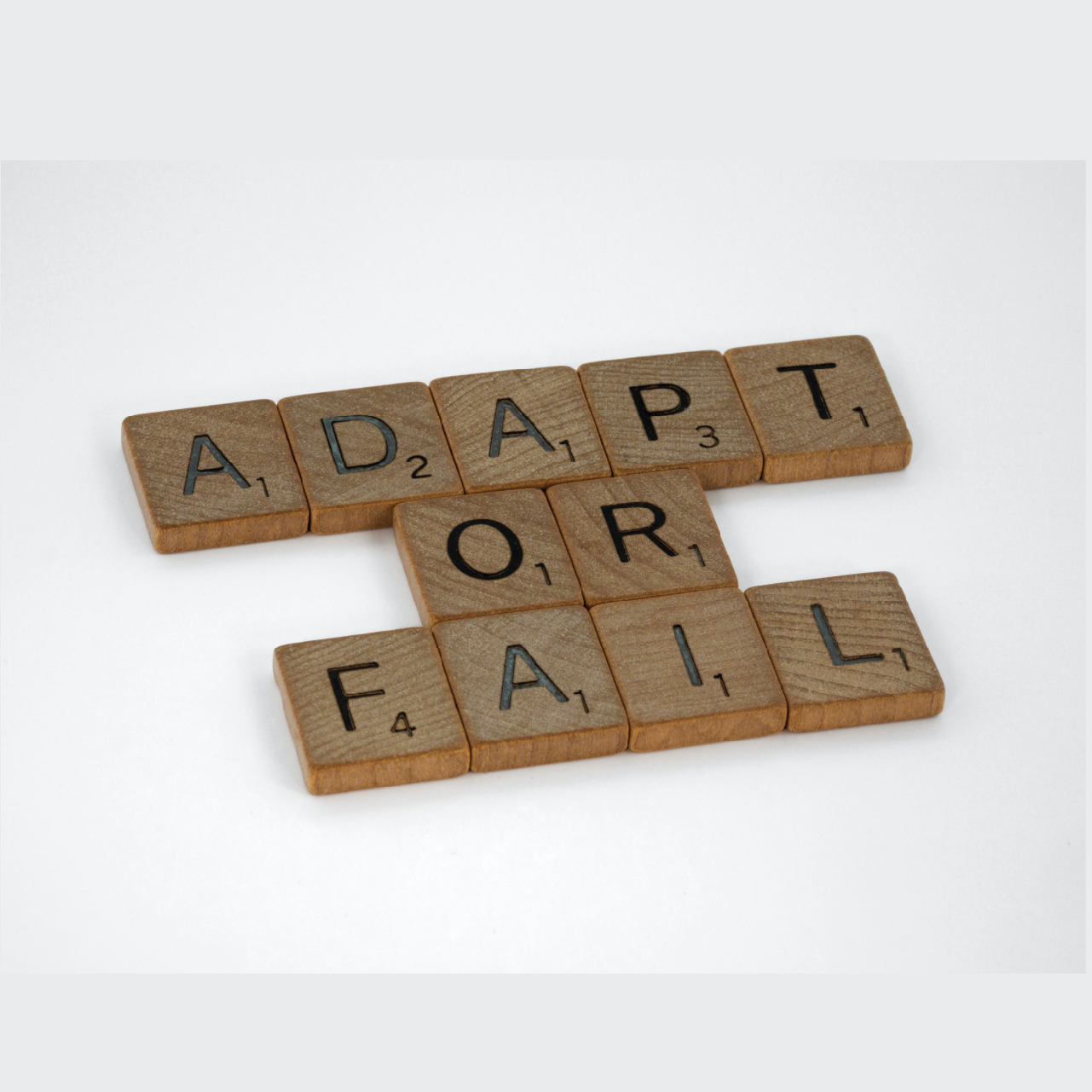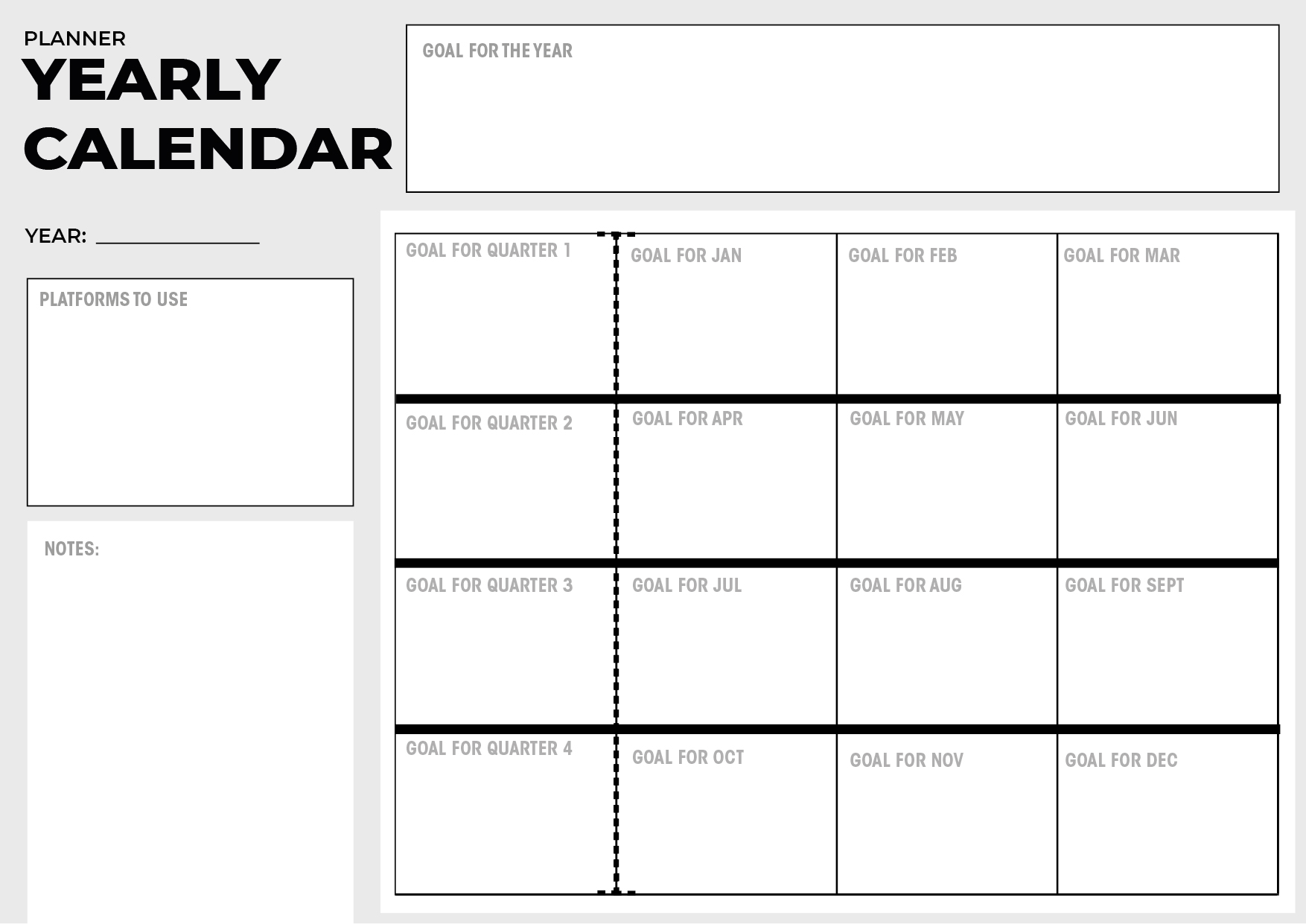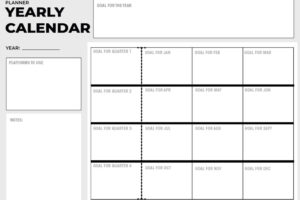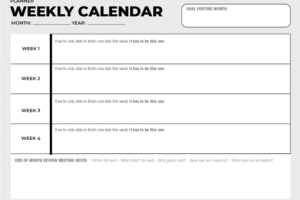Creating an Effective Marketing Strategy Plan for Lifestyle Entrepreneurs and Small Business Owners on a Limited Budget
Read Time: 11 Minutes
Introduction
- Are you a lifestyle entrepreneur or small business owner looking to achieve success in a competitive market?
- Wondering how to navigate limited budgets and resources while creating a winning marketing strategy?
This blog will help you create a marketing strategy on a budget
In this blog post, we delve into the essential components of a marketing strategy plan and offer practical tips to help you create an effective plan that drives results, even on a small budget/scale. Whether you’re aiming to reach your target audience, generate leads, or increase sales, our insights will provide you with the roadmap you need for growth and success.
![]()
What is a Marketing Strategy?
A marketing strategy is a vital blueprint for success in business. It encompasses a range of tactics and activities aimed at reaching the target audience, promoting products/services, and driving sales. By understanding the market, identifying unique selling points, and setting measurable goals, entrepreneurs can optimize their resources and stand out in the competitive landscape. It requires continuous evaluation, adaptation, and effective allocation of limited resources. A well-crafted marketing strategy aligns marketing efforts with business objectives, enabling entrepreneurs and small business owners to connect with their target audience, differentiate themselves, and make impactful decisions for long-term success.
Why is a Marketing Strategy so Important to Small Business Owners and Entrepreneurs?
A marketing strategy is of paramount importance to small business owners and entrepreneurs for several reasons. Firstly, it provides a clear direction and focus for their marketing efforts, ensuring that resources are allocated effectively. Secondly, a well-defined marketing strategy helps in identifying and reaching the target audience, leading to improved customer acquisition and retention. Additionally, it enables small business owners to differentiate themselves from competitors and establish a strong brand presence. A strategic approach allows them to maximize their limited budgets by selecting the most impactful marketing channels and tactics. Moreover, a marketing strategy serves as a roadmap for growth and expansion, guiding decision-making and helping businesses adapt to market changes. Ultimately, a well-executed marketing strategy can be the catalyst for success, enabling small business owners and entrepreneurs to thrive in a competitive marketplace and achieve their business goals.
9 Tips on Crafting a Marketing Strategy on a Budget
I understand the financial constraints you may face, but fear not! Building an exceptional brand presence and making impactful offerings is still within your reach, even on a limited budget. By leveraging your resources strategically and focusing on quality content, both evergreen and topical, you can achieve remarkable results. Here are nine valuable tips to help you craft a budget-friendly marketing strategy:

1. Prioritize Your Channels
Rather than spreading yourself thin across numerous channels, identify the platforms where your target audience is most active. Concentrate your efforts on those channels to maximize impact.

2. Harness the Power of Social Media
Rather than spreading yourself thin across numerous channels, identify the platforms where your target audience is most active. Concentrate your efforts on those channels to maximize impact.

3. Embrace Content Marketing
Content is king, especially when you have budgetary restrictions. Focus on creating high-quality evergreen content that provides long-term value. Additionally, tap into topical content to capitalize on current trends and generate immediate interest.

4. Leverage User-Generated Content
Encourage your customers to create content related to your brand, such as reviews, testimonials, or user-generated photos. This not only fosters engagement but also serves as free promotion.

5. Build Partnerships
Collaborate with other businesses or influencers that share your target audience. Look for opportunities to cross-promote each other’s products or services, expanding your reach without significant financial investment.

6. Measure and Optimize
Utilize free analytics tools to track the performance of your marketing efforts. Analyze data, identify what’s working, and refine your strategies accordingly. This data-driven approach allows you to optimize your budget allocation for maximum ROI.

7. Learn from Others: The Cost-Saving Game Changer
Learn from others as they’ve paid for your lesson. Find untapped opportunities beyond your industry. Adapt successful tactics, embrace fresh ideas, and make informed decisions for budget-friendly marketing success.

8. Keep it Simple
Simplify your marketing strategy by setting yearly goals, breaking them into quarterly objectives, and further into monthly tasks. Prioritize and adapt as needed for progress.

9. Emphasize Customer Engagement and Personalization
Focus on customer engagement and personalization. Engage through social media, respond promptly, and use email marketing for tailored content. Build brand loyalty and word-of-mouth referrals.
With these tips, you can create a powerful marketing strategy that effectively reaches your audience and drives growth, even on a limited budget. Remember, it’s not just about the money you spend, but how you strategically leverage your resources to make a lasting impact
7 Steps to Crafting an Effective Marketing Strategy
Want to create an effective marketing strategy without breaking the bank? Here are seven easy steps to follow that will help you get the results you want, at a price you can afford.
Step 1: Define Business Goals & Objectives
Align your marketing strategy with the company’s goals for the year, ensuring that it supports the overall action plan, or action plans.


Step 2: Conduct Market Research
Gather valuable insights on your target audience, competitors, and industry trends using cost-effective methods like online surveys, social media polls, and competitor analysis.
Step 3: Identify Your Target Audience
Clearly define your ideal customer through demographic and psychographic research, refining buyer personas based on customer data and analytics. This will help how you tailor your content to your audience.


Step 4: Choose the Right Marketing Channels
Focus on cost-effective digital marketing channels that align with your target audience, such as social media platforms, search engine optimization (SEO), email marketing, and collaborations with influencers or complementary businesses.
Step 5: Craft a Budget-Friendly Marketing Strategy
Set a budget that aligns with your resources and goals. Determine if you’ll follow the calendar or fiscal year.
Outline key deliverables, like 12 blog posts or an influencer program, considering your budget. Work backward to establish quarterly objectives and monthly steps for your marketing year plan. This approach ensures a clear roadmap to achieve year-end targets while managing costs.


Step 6: Craft Compelling Content
Ensure you create high-quality content, including blog posts, videos, and social media content, that resonates with your target audience’s interests and needs. Repurpose content and encourage user-generated content for increased engagement.
Your customers perception will become your reality
Step 7: Measure, Learn, and Adapt
This step is crucial in understanding how your customers perceive and respond to your marketing efforts.
Track customer perception and response to marketing. Analyze data with free tools, make data-driven decisions, iterate strategies, and align with business goals. Refine the approach for better results.

Marketing Calendar Example
Here’s a sample marketing strategy calendar to guide your planning.
Remember, the daily calendar focuses on execution, while monthly and
quarterly evaluations allow for adjustments and improvements. Think of
it as steering a large ship – it’s easier to make course corrections
with ample time rather than last-minute decisions. Two Small Business Marketing Strategy Examples
Here are two examples of small businesses that have effectively followed the marketing strategy outlined above:

The Natural Skincare Co.
A small, independent skincare company that focuses on organic and natural products. They have defined their business goals and objectives, which include promoting sustainable beauty and providing high-quality skincare solutions. Through market research, they have identified their target audience as environmentally-conscious individuals seeking chemical-free skincare options. They have chosen the right marketing channels by leveraging social media platforms like Instagram and collaborating with eco-friendly influencers to reach their audience. The Natural Skincare Co. creates compelling content through informative blog posts on natural skincare tips, DIY recipes, and customer testimonials. By measuring their website traffic, engagement rates, and sales, they continually iterate their marketing strategy to optimize their efforts and meet their business objectives.

The Neighborhood Coffee Shop
A local coffee shop that aims to create a welcoming community atmosphere and serve premium, ethically-sourced coffee. Their business goals include becoming the go-to gathering place for coffee lovers in the neighborhood. Through market research, they have identified their target audience as local residents and professionals seeking a cozy coffee spot with a focus on sustainability. The coffee shop has chosen the right marketing channels by engaging with the community through social media platforms like Facebook and hosting neighborhood events. They craft compelling content by sharing stories behind their coffee beans, promoting community initiatives they support, and showcasing customer experiences. By measuring foot traffic, social media engagement, and customer feedback, they continuously refine their marketing strategy to enhance their brand presence and achieve their business goals.
Evergreen vs. Topical Content: Unveiling the Key Differences
I thought of explaining the terms evergreen and topical to help out those who aren’t familiar with these keywords. These words play a huge role in my marketing plans, so it’s essential to have a clear understanding of them!
Planning your content strategy requires a clear understanding of the disparity between evergreen and topical content. Evergreen content provides lasting benefits, while topical content demands responsive thinking. Let’s explore the nuances.
Evergreen content holds its value over time, benefiting your company for years to come. It forms the backbone of your content strategy, offering timeless information and addressing common audience needs. Examples include educational articles, tutorials, and comprehensive guides. Even long after publication, evergreen content continues to attract readers and drive organic traffic.
On the other hand, topical content thrives on current events, requiring swift thinking and adaptability. It capitalizes on trends, news, or viral challenges to capture immediate attention. While topical content generates initial interest and buzz, its relevance diminishes as time goes on.
To create a well-rounded marketing strategy, it’s easier to plan for evergreen content that delivers long-term value. However, incorporating topical content requires decisive thinking and reactability to capitalize on timely opportunities. By striking the right balance, you can maximize both the enduring impact and immediate engagement of your content.
Key Takeaways:
- Craft a marketing strategy that aligns with your business goals and objectives for the year.
- Conduct market research to gain valuable insights into your target audience, competitors, and industry trends.
- Clearly define your target audience to tailor your marketing messages and allocate resources effectively.
- Choose cost-effective marketing channels that offer the highest ROI for reaching your target audience.
- Create compelling and high-quality content that resonates with your audience and repurpose it across different platforms.
- Measure and iterate your marketing efforts regularly, using data-driven decisions to optimize performance.
- Identify untapped opportunities by researching competitors and other industries, allowing for innovative and budget-friendly marketing tactics.
- Set a marketing strategy for the year, outlining deliverables and breaking them down into quarterly and monthly objectives.
- Regularly review and adjust your marketing plan to ensure it aligns with your yearly business goals.
- Embrace creativity, stay adaptable, and be open to exploring new avenues to maximize your marketing impact within your budget constraints.
Summary
Crafting a budget-friendly marketing strategy is vital for the success of small business owners and lifestyle entrepreneurs. By following the outlined steps, you can create an effective plan that aligns with your goals and optimizes your limited resources.
Define your objectives and establish a timeline, conduct thorough market research, and choose the right channels. Focus on creating compelling content and continuously measure and iterate your efforts. Learn from others and identify untapped opportunities across industries.
With these strategies in place, you can navigate the competitive landscape, build a strong brand presence, and achieve sustainable growth. Embrace your creativity and embark on the journey to marketing success with confidence!






